
ThermoWorks Winning at Food Safety Webinar Series
Thanks to everyone who joined us for our “Winning at Food Safety” webinars featuring food safety experts giving practical tips on how to systematize your food safety practice based on the latest science and FDA guidance. You can access all the sessions and content below.
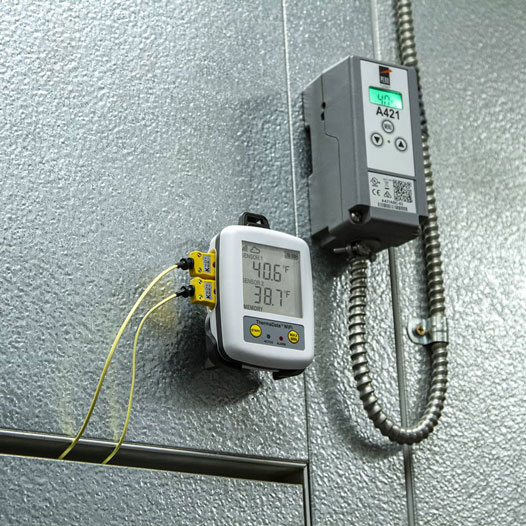
January 20, 2022, 10:00 AM (MDT)
Session 6: Cold Holding Secrets of the National Chains
How smaller operations can do what the big chains do to lower costs while increasing the efficiency of their cold holding and product processing...
You’ll Learn...
- The five major risk factors contributing to foodborne illness as identified by epidemiological outbreak data
- The number one way that national chain food safety directors significantly reduce operational costs while increasing efficiency and safety
- How to address common questions and worries about cold holding
- How to salvage your food inventory in the event of a walk-in refrigeration failure
- How to select and install the right cold holding monitoring system for your operation

November 4, 2021, 10:00 AM (MDT)
Session 5: Top 5 Food Safety Thermometer Mistakes (Part 2)
Do you run a restaurant, catering, cafeteria, convenience store, or lunch counter? If your employees are hand-writing critical HACCP hot- and cold-holding temperatures, you are a risk for food-borne illness outbreaks and even legal action because of the prevalence of "pencil whipping" or falsified temperature data. Join the undisputed food service temperature experts for a free webinar on what you can do to safeguard your brand from risk with concrete, cost-effective steps you can put into operation today.
You’ll Learn...
- How to properly asses the risk your operation faces from falsified food safety data
- Discover affordable digital solutions to "automate" your kitchen and vouchsafe the ongoing viability of your operation
- Learn how to do more with less—less time and less staff—by automating your daily HACCP checks and hot and cold holding
- Learn what the laws are and discover simple ways to calculate the "system accuracy" of your temperature tools to make sure they meet the Food Code's legal requirements
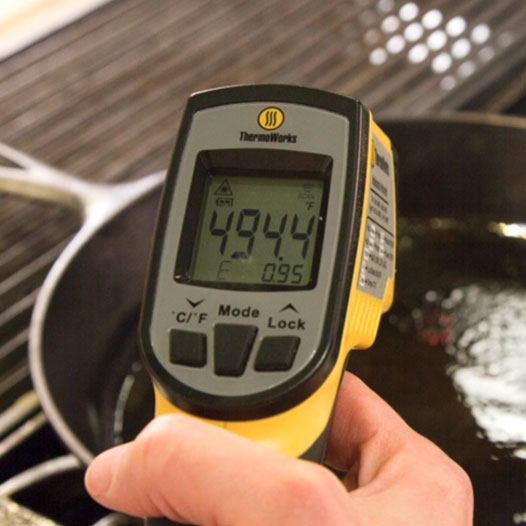
October 21, 2021, 10:00 AM (MDT)
Session 4: Top 5 Food Safety Thermometer Mistakes (Part 1)
As ThermoWorks has worked hand in hand with food safety professionals around the country for decades (both in production and in service), we tend to see the same mistakes and misunderstandings repeated over and over in the use of thermometers to measure critical control points. Join us for our 4th Winning at Food Safety webinar where our special guests will be Martin Earl, executive chef and Culinary Editor here at ThermoWorks, and Tom Wiandt, Chief Metrologist at ThermoWorks.
Take half an hour out of your day to make sure you don’t repeat these common mistakes and put your customers at risk!.
You’ll Learn...
- How to train your staff to properly gauge the doneness of cooked foods and how not to do it!
- How a knowledge of common thermometer sensors can change the way your operation measures temperature
- How to easily and effectively measure the temperature of tricky foods like liquids and semi-solids both for cooking and holding temps
- Where to insert a thermometer probe for both large cuts and small cuts of meat
- How food safety professionals commonly misuse infrared thermometers
- How infrared thermometers actually work and what they are suited for
- What emissivity is and how to use it in adjusting infrared measurements for more accuracy
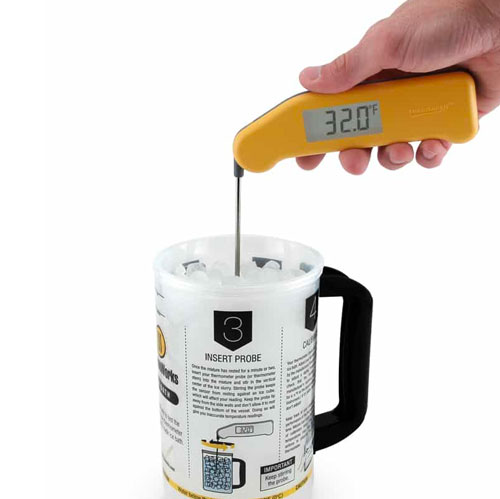
Sept 30, 2021, 10:00 AM (MDT)
Session 3: Is Your Food Safety Thermometer Even Accurate?? How to Know...
Everything you need to know about how to verify the accuracy of your Food Safety Thermometers on premises at your operation.
You’ll Learn...
- What are the potential consequences of never checking the accuracy of my instruments?
- How can I know if my food safety thermometers have started to drift away from accuracy?
- What affects their accuracy over time?
- What is calibration? What is traceability? Is it important?
- What is an acceptable "standard" for comparison?
- How often should I calibrate my food safety thermometers?
- How can I extend the life of my calibrations?
- How to properly make an ice bath? What about boiling point tests?
- What type of water do I need? Is the shape of the ice important? How much water?
- How do I perform an intermediate check that will satisfy my health inspector?
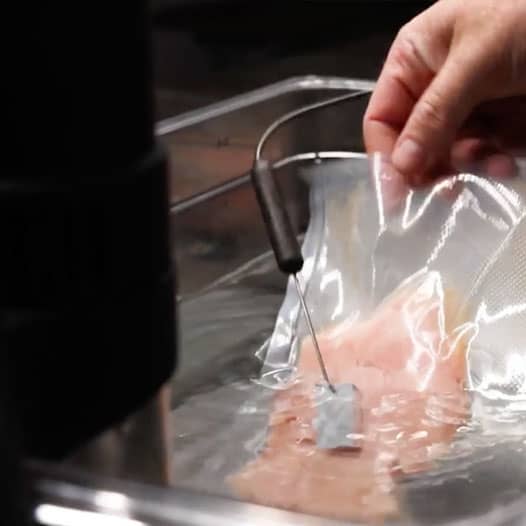
Sept 16, 2021, 10:00 AM (MDT)
Session 2: Why Everyone is Talking About Cook-Chill
Brian Nummer—FDA Food Code Expert and Food Microbiologist
Our second session will feature Dr. Brian Nummer, USU Professor and Food Safety Specialist, teaching you how you can extend the shelf life of COOKED foods through the proper application of Cook-Chill packaging and storage methods.
You’ll Learn...
- What is cook-chill?
- What are cook-chill safety concerns?
- Are there HACCP requirements?
- Why is temperature so critical as a barrier to pathogens?
- What are the approved processes for cook-chill?
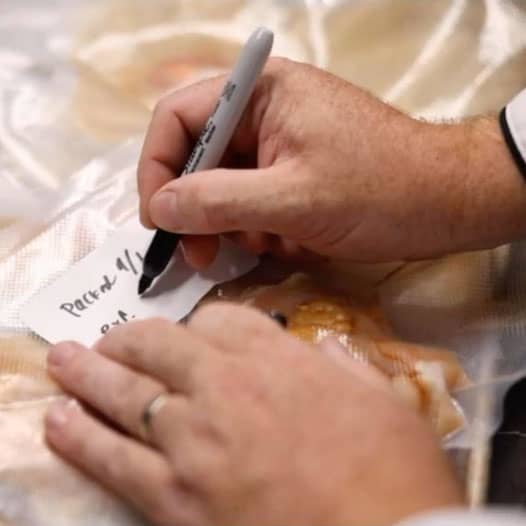
Sept 2, 2021, 10:00 AM (MDT)
Session 1: Navigating the Time and Temperature Maze of Reduced Oxygen Packaging
Brian Nummer—FDA Food Code Expert and Food Microbiologist
Our first session will feature Dr. Brian Nummer, Utah State University Professor and Food Safety Specialist, teaching you how you can extend the shelf life of your TTC foods through the proper application of Reduced Oxygen Packaging methods.
You’ll Learn...
- What ROP is and how to avoid aerobic conditions that lead to spoilage
- What ROP methods can easily be implemented in restaurants
- What HACCP implications exist for ROP
- The benefits of ROP to a restaurant – reduce spoilage, lengthen shelf life, save labor, control portions
- What storage temperatures need to be met to maximize shelf life
- How ROP impacts spoilage and shelf life of food
- What two foodborne pathogens are of greatest concern for ROP
- What ROP situations exists where no HACCP plan is required
- The special concerns to address with fish and cheese
- How to extend the shelf life of raw meat and poultry to 30 days at normal refrigeration temperatures of 41°F
